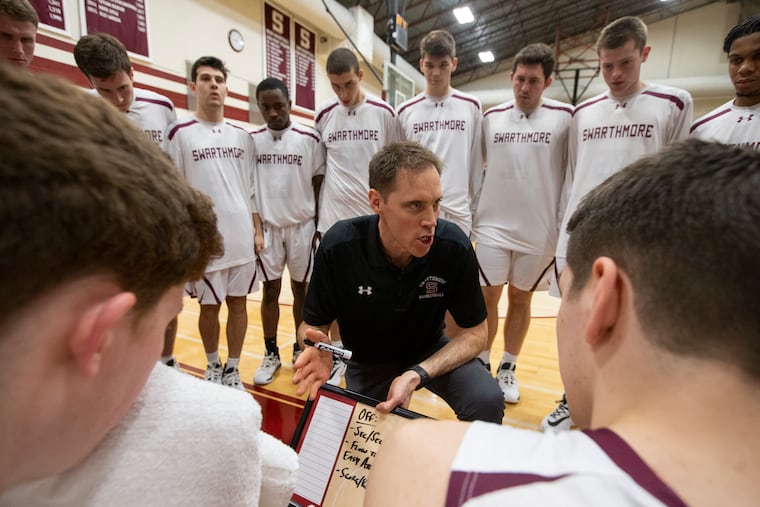He’s the best men’s college basketball coach in the Philadelphia area, and you don’t know his name | Bob Ford
Landry Kosmalski led Swarthmore to the national championship game last season, and his team is undefeated and back for more.

Landry Kosmalski led Swarthmore to the national championship game last season, and his team is undefeated and back for more.
